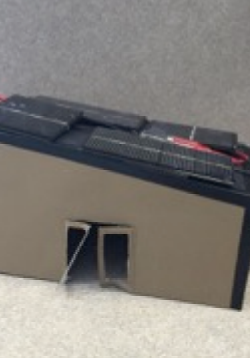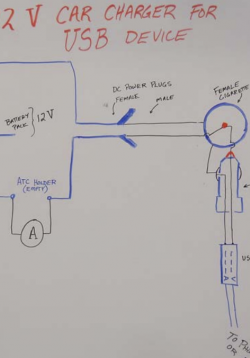Keeping it Cool With Solar - Structure Test: How Cool Are We?
This lesson is designed for one 30-45 minute session. Students are shown how thermo infrared thermometers work. Teacher uses infrared thermometer and has students record the ground temperature outside and inside their structure. Students record and...
Keeping it Cool With Solar: Add Solar Panel Redesign, Rebuild, Retest
This lesson is designed for one 60-minute session. Students will share and discuss results. Students are shown solar panel and fan and are asked, “Using solar technology, how might we make the ground in our structures even cooler?” Using the solar panel...
Keeping it Cool With Solar: Reflections of an Engineer
This lesson is designed for one 30-minute session. Students analyze their data and reflect through video recording about how solar technology and their structures kept the ground (earth’s surface) cooler.
Mini Solar Houses Unit
In Lesson 1, the lesson focuses on understanding how the angle and orientation affect the amount of energy that is generated through use of a solar cell. Paper azimuth finders, Keva Planks, and multimeters will be used in order for students to draw...
Electrical Energy and Solar Module Efficiency
This lesson will let students do research to define terms that will be used in this unit. They will record this information in their Journals, which can be scientific or simple homemade notebooks. This lesson will also introduce the multimeter, small solar...
Activities and Assessment of Vocab and Units
This lesson is intended as a way to check for student understanding regarding the content presented in the previous lesson of this unit. The assessment takes place in two parts: a written assessment of content-related vocabulary and concepts as well as a...
Phone Charger Efficiency
This is part of the Off the Grid Unit. In this lesson students will explore the concept of efficiency , and how to take data in order to calculate the efficiency of various cell phone or USB charging circuits. They will complete this process by using a...
Exploring Buck and Boost Converters
This lab uses a variety of voltage conversion devices to output 5 Volts, the requirements for a USB charger such as for a cell phone. Students will take data on these devices and calculate, graph and compare efficiencies of different devices. Devices used...
DC to AC to DC Efficiency
This is part of the Off the Grid Unit. This lesson will continue to deal with efficiency of USB charging devices, but this time we will be using an inverter in order to create AC voltage from a battery pack, and then use a standard AC charger (what you...
Biolite - Fire to Phone Charging
This is the 6 th part in the Off the Grid Unit. This lesson continues to look at the efficiency of USB charging devices, but this time we will be using a commercially available camping stove that uses heat to create electricity in order to charge a phone....



